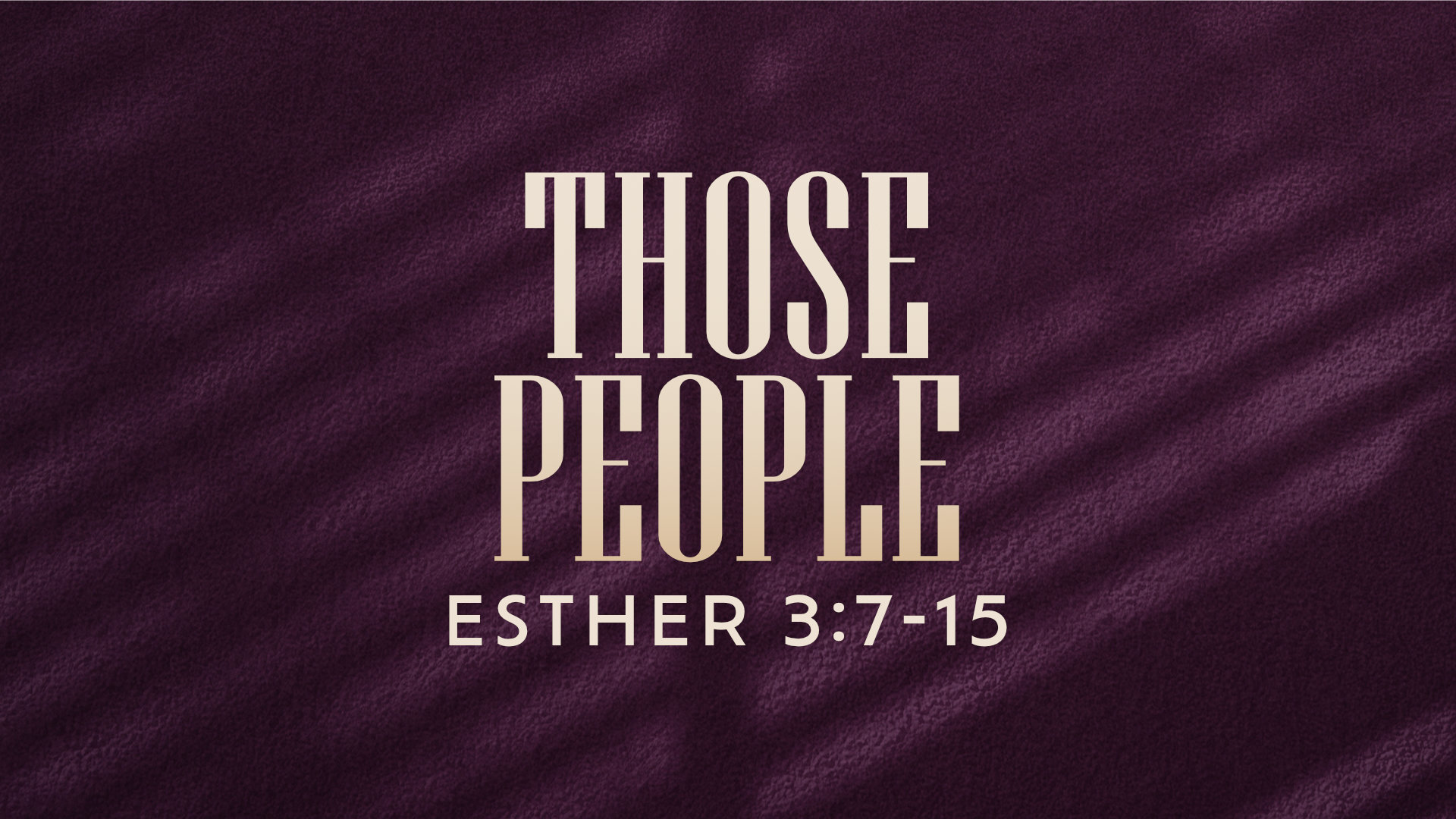Image & Identity
Image & Identity
Our culture is obsessed with identity. Everywhere we look, people are asking, “Who am I?” Many define themselves by career, relationships, sexuality, politics, or performance. But when identity is tied to fragile things—beauty, success, approval—it collapses as soon as those things shift, leaving people as anxious and exhausted.
The Bible tells a better story: identity is not achieved but received. God created us, calls us by name, and claims us as His own. To be made in His image means reflecting His attributes—justice, mercy, humility—in the world.
Identity is also purposeful and communal. While each of us is uniquely designed, the image of God connects us to Him and one another. Our identity is shared with the people of Christ, reflecting the unity of the Triune God.
1. Trends – What the Culture Is Teaching
- The Gospel of Self-Expression – Culture tells us, “Look inside yourself and be true to who you feel you are.” Identity is defined by desire, and salvation comes by authentic self-expression without restraint.
- The Gospel of Progress & Science – The belief that humanity is evolving and advancing beyond old categories. Identity is formed through innovation, technology, and progress, with science as the ultimate savior.
- The Gospel of Politics & Power – Many anchor their identity in a party, ideology, or movement. The assumption is that salvation and meaning come when “our side” wins, and identity is reduced to tribal belonging by temporal connections.
- The Gospel of Therapy & Self-Help – The dominant message is, “Believe in yourself.” Identity is healed through self-esteem, counseling, and positivity. The focus is on self-empowerment and self-definition.
2. Truths – What Scripture Says
- God personally names and claims His people – Isaiah 43:1: God created, redeemed, and calls us His own.
- We are called to reflect His attributes – Micah 6:8: Identity involves justice, mercy, and humility.
- We are created with purpose – Jeremiah 1:5: God sets people apart for His purposes before birth.
- Christ makes us new – 2 Corinthians 5:17: In Christ, we are new creations, not defined by the old self.
- Our identity is communal – Ephesians 2:19: We belong to God’s household, sharing identity with His people.
3. Transfers – How to Communicate Truth to Others
- Start with the identity crisis – People already admit confusion: “I don’t know who I am.” Begin there and point them to Scripture’s answer.
- Highlight security in Christ – Contrast culture’s fragile, shifting identities with the unshakable identity believers have in Christ.
- Expose the cultural pressure – The world preaches that you must change external issues to be accepted by oneself or by others, not the church.
- Show identity as communal – Remind people that identity is not just “me and God” but also “us in God” — the church as God’s people together.
Ask probing questions – “If you stripped away your job, appearance, or success, who would you be?” “What would it mean if your identity were something secure that could never be lost?”






























